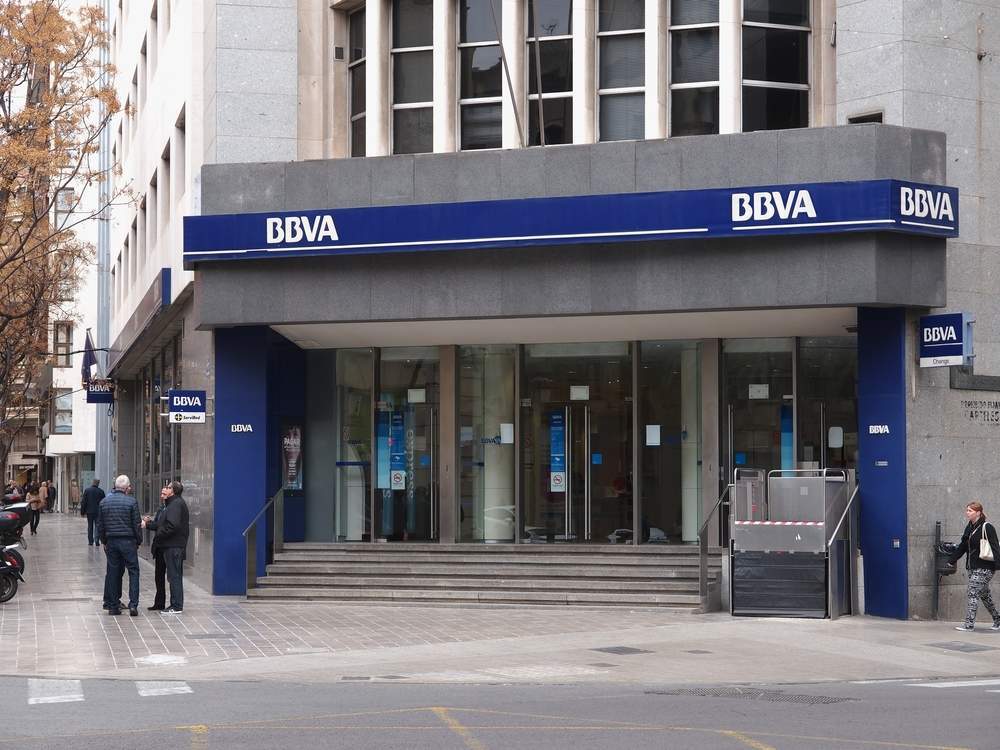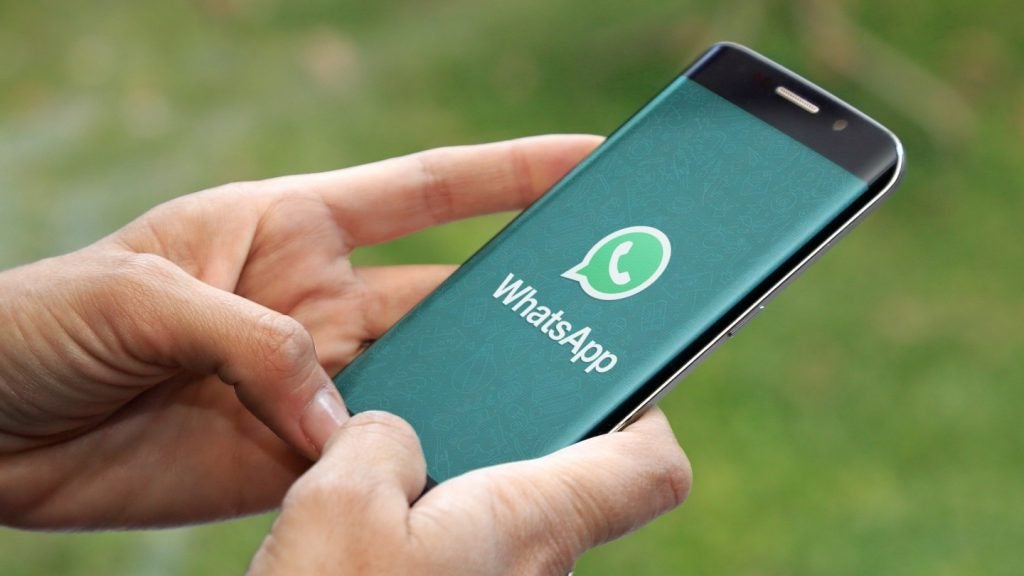
While many banks have struggled to reinvent themselves for the digital era, BBVA is succeeding in transforming itself into a digital-first provider, with its results showing impressive growth in customer use of its digital channels.
In July BBVA said across its group the proportion of digital customers had increased from 33 percent in June 2016 to 39 percent 12 months later, with more than half of all customers in Chile, Turkey, and Venezuela banking online.
BBVA is also doing well in its home market.
In Spain it sold as many products in the first half of 2017 via digital as it did during the whole of 2016, and it has enjoyed significant growth in mobile.
Between December 2015 and August 2017 the number of mobile users in Spain rose from 1.9m to more than 3m, and the mobile channel is now more popular than online for purchasing credit products and making pension contributions.
BBVA has also been keen to extend its digital footprint through acquisition.
How well do you really know your competitors?
Access the most comprehensive Company Profiles on the market, powered by GlobalData. Save hours of research. Gain competitive edge.

Thank you!
Your download email will arrive shortly
Not ready to buy yet? Download a free sample
We are confident about the unique quality of our Company Profiles. However, we want you to make the most beneficial decision for your business, so we offer a free sample that you can download by submitting the below form
By GlobalDataIn 2015 it purchased a 30 percent stake in UK-based new entrant Atom Bank for £45m, and injected a further £29.4m in capital in March 2017.
Other acquisitions in recent years include Madiva, a Spanish big data specialist, and Holvi, a digital bank in Finland that focuses on the small business market.
However, BBVA’s aggressive digital expansion has not been trouble-free.
BBVA bought US-based digital bank Simple for $117m in 2014, but was forced to make a goodwill impairment charge of $60m on its investment in early 2017.
Although BBVA states that around 30,000 customers are joining Simple every month, the 50 percent write-down of its investment suggests that its subsidiary is struggling to generate significant revenues and profits.
Nevertheless, a bank that is changing as rapidly as BBVA is will inevitably experience some setbacks.
Overall, BBVA is outperforming most of its rivals in the digital space. Key to its transformation has been embedding pro-digital individuals at the highest levels of the organisation.
In 2015, the bank promoted its head of digital banking to CEO, and this has helped accelerate cultural change throughout the bank.
BBVA now has a strong focus on using digital technology to enhance the user experience, and is leveraging its acquisitions to develop new products that can compete with offerings from fintech competitors as and when they emerge.
The lesson for other banks is that a digital-first culture needs to be integrated into all aspects of their operations – it is not enough to set up a separate digital division and hope its actions will impact the wider organisation through osmosis.
Only a concerted effort to change a bank, both from the top down and the ground up, will ensure it remains relevant in the digital era.





Related Company Profiles
Atom Bank plc